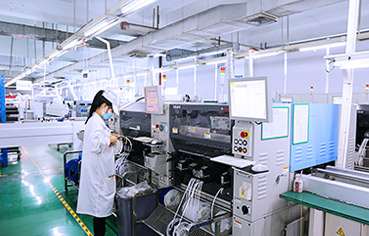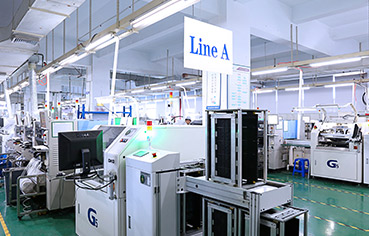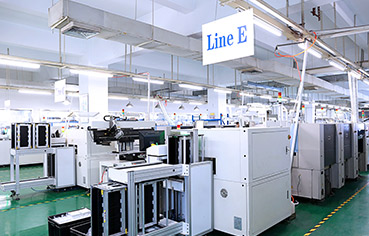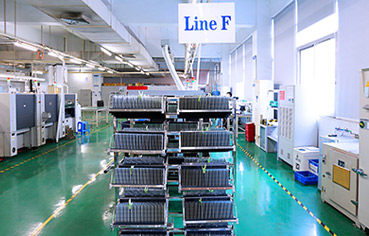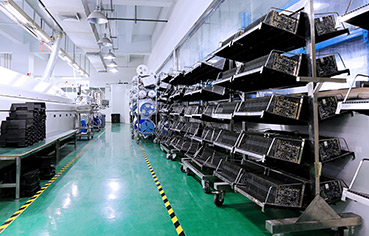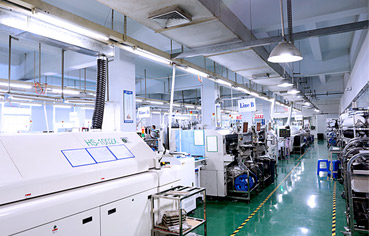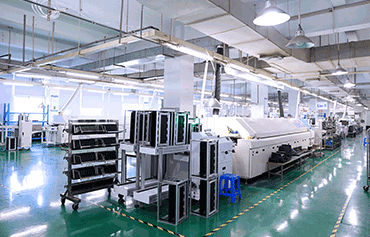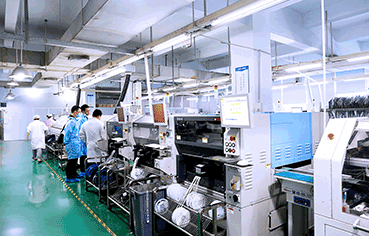POS motherboard – Industrial Motherboard for Cash Register Terminal Solution
With its high stability, strong expandability, and wide environmental adaptability, the industrial motherboard has become the core hardware choice for mid-to-high-end cash register terminals, especially suitable for high-frequency transaction scenarios such as supermarkets, catering, and retail specialty stores, gas station or even self-service kiosks.
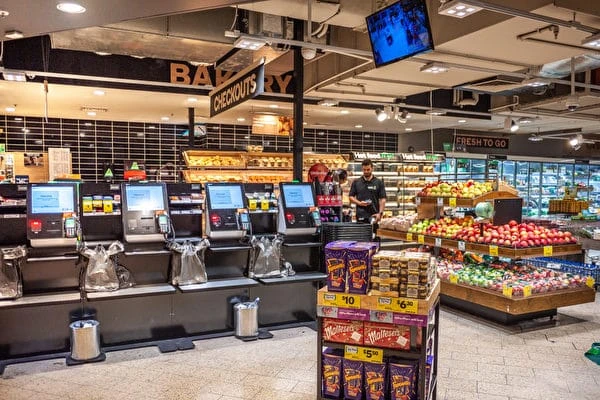
The core requirements of cash register terminals are transaction stability, peripheral compatibility, environmental adaptability, and operation and maintenance convenience. The POS motherboard solution builds the underlying architecture around these requirements, with specific design logic as follows:
Solve the problems of easy crash and freeze of commercial motherboards during long-term (7×24 hours) operation through hardware watchdog, low-power chip selection, and fanless heat dissipation design.
Configure multiple types of USB, serial port, GPIO and other interfaces for necessary peripherals in cash register scenarios such as code scanners, printers, cash drawers, and card readers, reducing the use of adapters and lowering fault points.
Support single-screen/double-screen (main screen operation + secondary screen marketing), synchronous/asynchronous display modes, and adapt to mainstream display interfaces such as LVDS, MIPI, and EDP to meet the space requirements of different cash registers.
Integrate wired Ethernet (Gigabit priority) and dual-band WiFi (WiFi 5/6), and some solutions support 4G module expansion to ensure uninterrupted payment data transmission.
Compatible with Android, Linux and other operating systems, providing API interfaces and firmware upgrade support to adapt to the cash register software ecology of different industries.
With the rise of mobile payment, the retail, catering, self-service kiosk industries have witnessed the evolution of cash register terminal solutions to meet diverse transaction needs. Currently, six popular cash register terminal schemes dominate the market: dual-screen smart cash registers (for supermarkets and chain catering with marketing needs), single-screen mini cash registers (for small convenience stores with limited space), high-end multi-peripheral cash registers (for luxury stores and gas stations requiring professional device integration), self-service checkout terminals (for large retailers to reduce labor costs), portable cash registers (for outdoor markets and pop-up stores relying on wireless connectivity), and wide-temperature cash registers (for harsh environments like commercial kitchens).
No matter which scheme you choose, It almost has the similar architecture. Its whole system will be developed based on POS motherboard and expand peripherals to enrich checkout functions.

Guide for Selecting POS Motherboard
Selection Dimension | Key Indicators | Selection Suggestions | Scenario Adaptation |
Processor | Architecture, Frequency, Computing Power | Rockchip RK3399 (quad-core 1.8GHz) for low-to-mid-end scenarios; Rockchip RK3568 (quad-core 2.0GHz, 1TOPS computing power) or Intel Celeron J6412 (quad-core 2.0GHz) for mid-to-high-end scenarios | RK series adapts to Android cash register systems, while Intel series adapts to Windows/Linux multi-tasking scenarios |
Memory and Storage | Memory Type/Capacity, Storage Medium/Capacity | Memory: LPDDR4/LPDDR4X (2GB minimum, 4GB recommended); Storage: eMMC (8GB minimum, 32GB recommended), supporting TF card expansion | 4GB+32GB combination is recommended for high-frequency transaction scenarios such as supermarkets |
Display Interface | Interface Type, Dual-Screen Support | LVDS/MIPI (driving main screen) is essential, EDP/HDMI (expanding secondary screen) is optional, supporting dual-screen different display | Dual-screen solution is preferred for catering and beauty stores (secondary screen displays menus/promotions) |
Peripheral Interface | Number of USB/Serial Ports, Special Interfaces | USB ≥ 6 (including 1 USB3.0), Serial ports ≥ 4 (supporting RS232/RS485), optional Wiegand interface (adapting to card readers) | GPIO and IIC interfaces should be added for scenarios requiring connection of electronic scales and NFC devices |
Network Module | Wired Rate, Wireless Specification | Gigabit Ethernet (priority) + dual-band WiFi 5/6, optional Mini PCIE slot for 4G module expansion | Large supermarkets rely on wired networks, while convenience stores/mobile cash registers prioritize wireless + 4G redundancy |
Protection and Heat Dissipation | Operating Temperature and Humidity, Heat Dissipation Method | Operating temperature 0℃~70℃, fanless heat dissipation (dust-proof), hardware watchdog (automatic restart) | Wide-temperature models (-20℃~85℃) are required for harsh environments such as kitchens and gas stations |
Recommended Motherboards for 6 POS terminal schemes
Recommended Solution | Core Demand Matching Points | Scenario Type | Mainboard Details |
Dual-Screen Smart Cash Register Solution | Dual-screen marketing, multi-peripheral access, stable high-frequency transactions | Large Supermarkets/Chain Catering | |
Single-Screen Mini Cash Register Solution | Compact and space-saving, low cost, complete basic cash register functions | Community Convenience Stores/Small Family Stores | |
High-End Multi-Peripheral Solution | Professional equipment adaptation, wide environment tolerance, high security redundancy | High-End Specialty Stores/Gas Stations | |
Wide-Temperature Mini Solution | High/low temperature tolerance, wireless + 4G network redundancy | Catering Kitchens/Outdoor Markets | |
Self-service checkout terminals | High/low temperature tolerance, wireless + 4G network redundancy | Large supermarkets/Self-service retail kiosks |

















